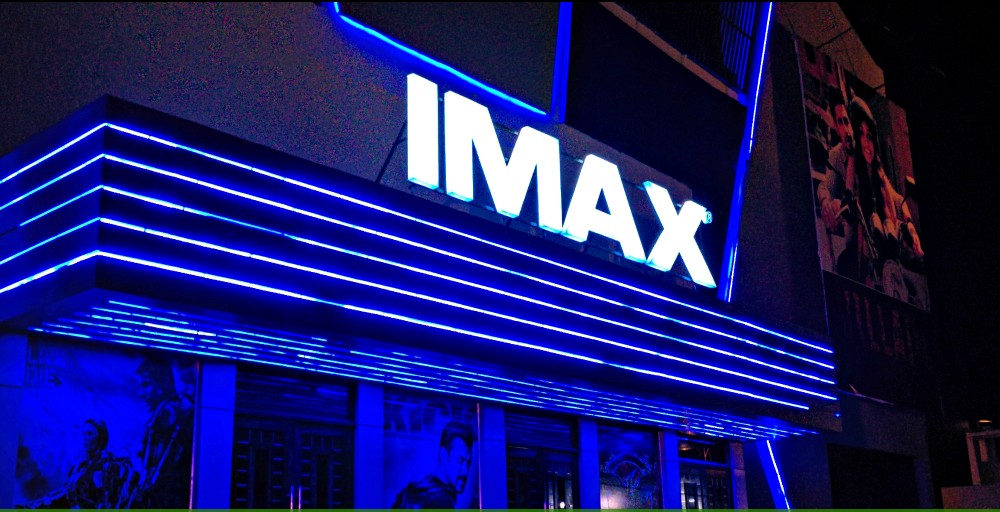
Things changed for the better in 2013 when in the most happening cities of the country multiplexes took over, be it Karachi, Lahore, or even Islamabad

It wouldn’t be wrong to say that the revival of cinema in Pakistan is directly linked to the advent of multiplex cinemas in the country. Five years ago, there was no multiplex in Karachi. The only one cineplex in the metropolis catered to ‘couples only’ in the guise of ‘families only’ (and still does). Atrium cinemas came and changed the game for good and now people enjoy both Hollywood and Bollywood films besides Pakistani in these very multiplexes.
Managing Director of Mandviwalla Entertainment, Nadeem Mandviwalla believes that a revival wouldn’t have been possible in the old set-up. "I don’t believe a stand-alone cinema would have been feasible in Pakistan anymore!" He says, "The cinema industry needed something new and that’s where multiplexes came in. I am glad that the cinema audience is back where they belong and nearly every other film that is released is welcomed by them."
The seed was sown 8 years ago when the coloured version of K. Asif’s Mughal-e-Azam was released in Pakistan. There were no multiplexes in the country at that time and the now ‘deceased’ Nishat Cinema had to go through renovation to play host for the premiere. The lifting of the ban on Indian films helped the cause big time and soon, Salman Khan, Shah Rukh Khan and Aamir Khan were gracing the screens on this side of the Wagah border.
For a generation of Pakistanis growing on VCD and DVDs, this was something they didn’t expect and they replied to the distributors’ faith in Bollywood by inhabiting cinemas. Then came the multiplexes. The seats were better, the food court replaced the food stall and cleanliness brushed away the atmosphere where animals and humans lived together. In Karachi’s Prince Cinema (now defunct), I had the pleasure of watching a Govinda movie with insects and a cat!
Things changed for the better in 2013 when in the most happening cities of the country, multiplexes took over. Be it Karachi, Lahore, or even Islamabad, multiplexes in shopping malls became the cine-going audience’s most favourite spot. In Karachi alone, Nueplex cinemas in DHA as well as Cinepax at Ocean’s Mall joined Atrium cinemas as entertainment hubs. ‘Families only’ cineplex at Sea View was relegated to a minor role.
Read also: Teaching film making
English, Indian, and Pakistani movies began to share the multiple screens at these venues; a good film got a decent run and a bad one was removed at the end of the week. Lahore became home to the country’s first IMAX soon after and Islamabad-ites were presented with Centaurus Mall, the Capital’s first shopping mall with multiple cinema screen. Yes, Rawalpindi had a couple of multiplexes before Centaurus but they were quite far from someone living in Islamabad.
Since the advent of multiplexes, nearly 50 Indian and Hollywood movies have graced the screens yearly; but this year alone, local films have also had their share of success. Business wise, they all support each other since people throng to these multiplexes without a single movie in mind.
Most of my friends went to watch Bajrangi Bhaijan on last eid and ended up watching either Wrong Number or Bin Roye due to non-availability of seats in the cinema screening the Salman Khan blockbuster. Similarly, Brothers compensated for the bulk of audience who couldn’t get a seat for Moor, Shah, Karachi Se Lahore or even Mission Impossible 5.
Pakistan’s first animated film 3 Bahadur was released earlier this year and owed its success to multiplexes, since it wasn’t shown in the standalone cinemas. Despite the film’s director and Pakistan’s only Academy Award-winning film maker Sharmeen Obaid-Chinoy’s efforts, it was restricted to multiplexes only. And it was a hit even though if the number of shows was not what the makers were expecting.
With the law and order situation improving in Karachi, multiplexes are making money like never before. Their success reminds one of the 1960s and the 70s when the number of standalone cinemas in the city were more than 800 and which came down to less than 100 when local film makers resorted to substandard films and later lost the battle to the gujjar culture.
Thankfully, the tide is changing and now Pakistani films are screened in whatever schedule they can fit into. There are many under-development multiplex projects in the leading cities of Pakistan and one hopes that within the next couple of years, the number of screens in each and every city will increase. The more the screens, the stronger the industry.
This article was published in The News on Sunday on September 20, 2015 under the title The more the screens.